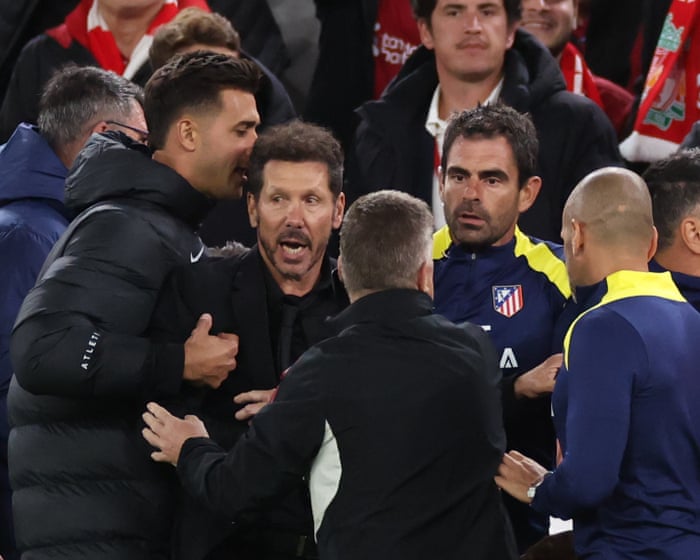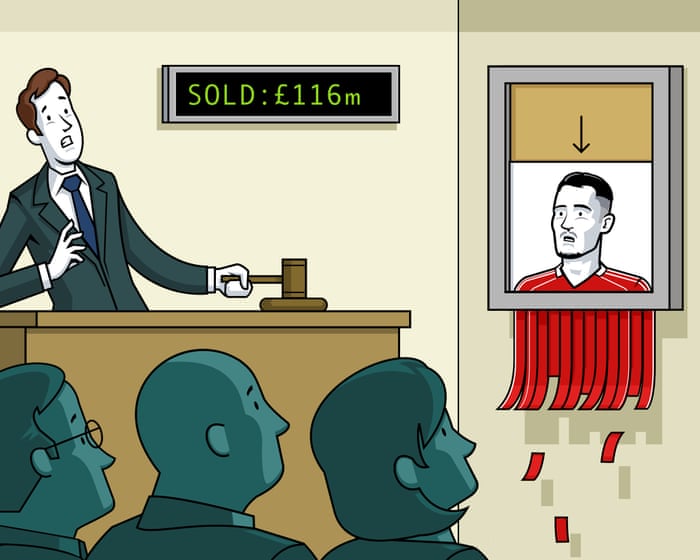Rodeo and Western culture are making a big comeback, thanks to hits like the show Yellowstone and Beyoncé’s Cowboy Carter album and tour. Attendance and viewership on broadcasts and streaming platforms have never been higher. Prize money is also at record levels, drawing in more young athletes eager to build a name for themselves.
But even as rodeo grows, the way athletes are trained hasn’t kept up.
“Rodeo is decades behind other sports,” said Doug Champion, 36, founder of Optimal Performance Academy, a new school aiming to modernize athlete development in a sport that has been slow to embrace modern sports science due to its frontier roots and culture of self-reliance. “We’ve always had the ‘rodeo cowboy.’ Now we’re entering the era of the ‘rodeo athlete.’”
Historically, there hasn’t been much money to support anyone except the very top competitors. This created a culture that valued toughness and tradition over innovation.
Images show examples of modern training methods: Joe Ernst of the PBR, the world’s largest rodeo league, demonstrates a strength test; Colt Morrow undergoes sensorimotor testing; and sports experts use technology to capture an athlete’s vertical jump. This tech helps create a profile of each athlete, highlighting weaknesses specific to their sport.
“There’s always been this outlaw, renegade, individualistic spirit,” said Cody Custer, 60, a former world champion and current instructor. “It’s about doing your own thing and winning on your own, not about being part of a team or organization.”
Many rodeo athletes come from farming and ranching backgrounds, where medical care has often been limited. These communities, Champion notes, rarely visited doctors and took pride in “cowboying up”—pushing through injuries or illness. Young riders from these areas never expected much support for their health or performance.
“It was a different mindset—no preparation, no taking care of your body,” Champion explained. “If you were hurt or tired, it didn’t matter. Being tough was what being a cowboy was all about.”
Training scenes include a coach using a mechanical bull to challenge an athlete’s balance, and another rider straining during a strength exercise.
Most attendees at the five-day workshop are in their late teens or twenties, traveling from across the country. Many even sleep in their cars to save money.
Rodeo athletes are mostly freelancers, funding their own travel to competitions in hopes of winning enough to cover the next trip and entry fee. The majority still work regular jobs during the week.
“Bull riding is a drug—the most addictive thing I’ve ever experienced,” said Gabe Martin, 22, who works maintaining ponds during the week and competes on weekends. “It’s taken over my life, and I just can’t get away from it.”
Optimal Performance Academy draws young athletes from all over for its week-long camps. The workshops combine classroom learning with hands-on training. Classroom sessions cover nutrition, using social media to attract sponsors, personal finance, and setting and visualizing goals. The practical side includes performance testing and rodeo-specific workouts and practice.Bucking machines and two days of live bull riding.
Before the day’s riding begins, the riders gather for a group prayer, asking for protection.
“I think rodeo is stuck in tradition, and people fear that change will mean losing that tradition,” said Doug Champion, who founded the Optimal Performance Academy in 2023.
For their seventh workshop in Decanter, Texas, Champion teamed up with a local stock contractor to provide 88 bulls for the riders to practice on during the event.
Champion also brought in an Australian expert in VALD, a performance testing system that uses force plates, dynamometers, motion capture, and eye and balance tests to measure key performance metrics. The goal is to identify each athlete’s strengths and weaknesses and create personalized training plans based on the data.
While this kind of testing is common in professional and college sports, it’s the first time it’s been used for amateur bull riders.
Wyatt Bowman falls off the back of a bull.
Ryan Jae, Braulio Barraza, and Jose Ramirez watch their classmate ride.
Ed Huffman works to free a rider’s leg from an agitated bull.
Alec Richardson celebrates a successful ride.
“The main thing we’ve realized is that nothing in rodeo is normal or natural for the body. Regular exercise or daily life won’t help you perform better in the arena,” Champion explained.
Champion, who was a promising young rider himself, broke his back in 2010 after falling from a bronco. His difficult recovery made him see that rodeo athletes could do more to build strength, improve technique, and recover from injuries.
“The old way was just to ride as many horses as possible, thinking you’d learn faster,” Champion said. “But I rode 300 horses, got thrown every time, and didn’t learn a thing.”
Alec Richardson holds his knee in pain after a hard fall.
A medical team and ambulance are on standby throughout the workshop.
Dalton Dwyer reviews footage of his ride with several coaches.
Champion hopes to shorten the training time for young riders aiming to go pro, giving them more healthy years to compete and earn a living. Rodeo is extremely hard on the body, and most riders retire due to injuries in their late 20s or early 30s.
“This is a completely different approach from the trial-by-fire method that has always been how you learn in rodeo,” Champion noted.
Matt Gordon takes a moment to prepare before his next ride.
Frequently Asked Questions
Of course Here is a list of helpful and clear FAQs about the intersection of bull riding its addictive nature and the rise of sports science all framed in a natural conversational tone
General Beginner Questions
1 What does it mean that bull riding is like an addiction
It means that for many riders the intense adrenaline rush the challenge of conquering fear and the pursuit of that 8second high create a powerful psychological and physical pull that is very hard to walk away from similar to an addiction
2 How is sports science being used in rodeo
Sports science is now used to train riders like other elite athletes This includes specialized strength and conditioning programs analyzing riding mechanics with video using concussion protocols and employing mental coaching to improve focus and manage fear
3 Isnt bull riding just about being tough and hanging on
While bravery and grit are essential its now understood to be a complex sport requiring immense core strength precise balance quick reflexes and strategic body positioningall areas where sports science can help
4 What kind of images capture this new age of rodeo
Youd see photos and videos beyond the arena athletes in hightech gyms hooked up to motioncapture sensors reviewing slowmotion video of their rides with coaches and undergoing physical therapy and medical evaluations
Deeper Dive Advanced Questions
5 What specific aspects of a riders performance does sports science analyze
Scientists and coaches analyze a riders kinetic chainhow force moves from the bull through the riders legs and core to their upper body They study balance points reaction time and even the biomechanics of a riders dismount to teach safer falling techniques
6 How does the addiction to riding affect a riders career and safety
The drive to compete can lead riders to ignore injuries downplay concussions and make risky comebacks Sports science helps by providing objective data on an athletes readiness to return making safety a datadriven decision rather than just a gut feeling
7 Can sports science actually make bull riding safer
Yes significantly It has led to better protective gear improved arena footing and a greater emphasis on injury prevention and recovery which helps extend careers and reduce longterm health issues




